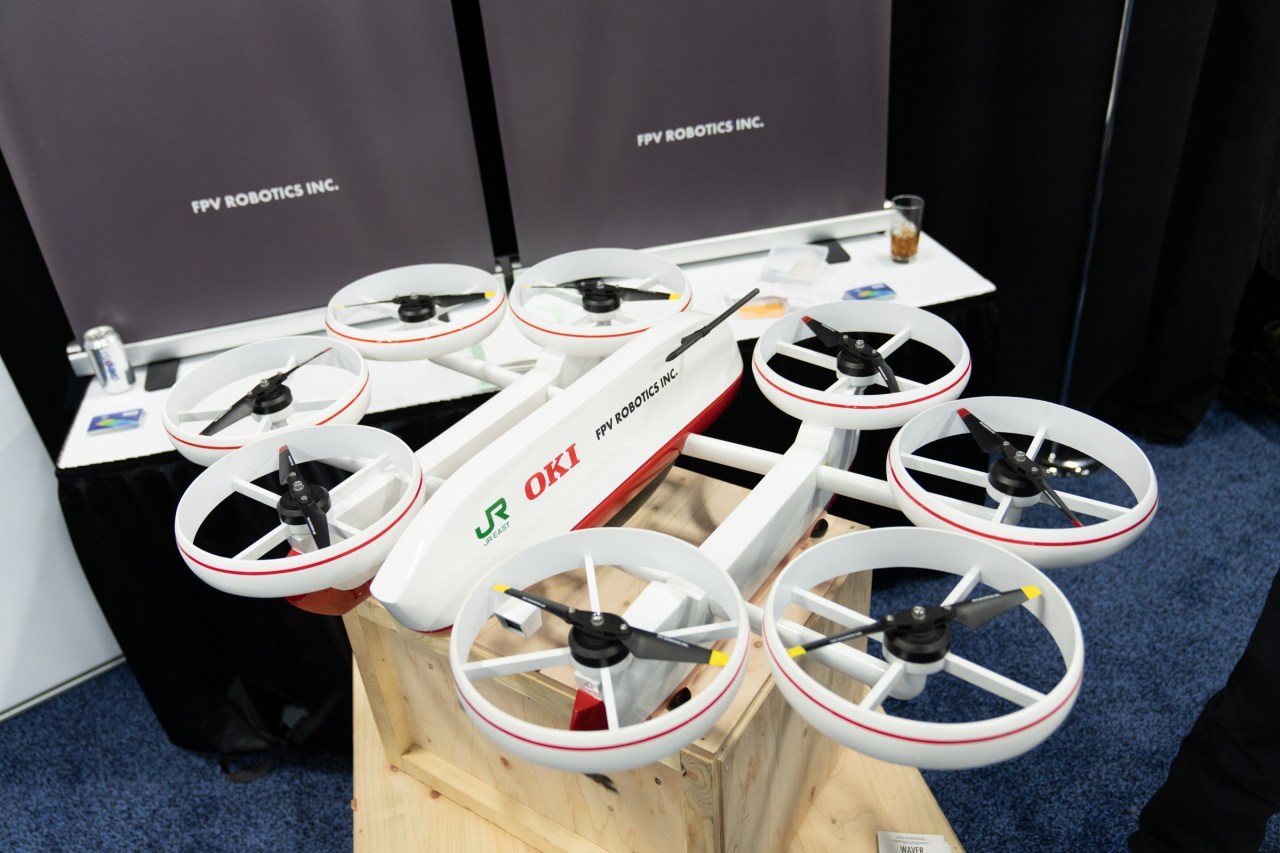In an age where the safety of aging infrastructure hangs in the balance, innovative solutions are needed to prevent potential disasters. Enter FPV Robotics, a visionary Japanese startup that has developed a revolutionary drone called Waver. This amphibious drone is not only making waves (quite literally) in the field of infrastructure inspection but also setting a new standard for safety and efficiency. Let’s dive into how the Waver drone is changing the game.
The Need for Innovative Solutions
Aging infrastructure has become a pressing global issue, especially with the increasing frequency of natural disasters exacerbated by climate change. In Japan, catastrophic events like the floods in Niigata and Fukushima have put serious pressure on railways, highlighting the urgent need for regular and thorough inspections. As FPV Robotics CEO Masaki Komagata noted, the traditional methods of bridge inspection often involve extensive labor and complicated logistics, making it difficult to monitor critical infrastructure regularly.
The Dual Nature of Waver
Waver’s design is where it truly stands out. With its eight rotors, this drone can soar through the skies with ease, but its amphibious capabilities allow it to traverse both water and land, making it unique in its class. This dual functionality caters specifically to the challenges presented by infrastructure that spans rivers, lakes, and oceans. With Waver, inspections no longer require specialized boats or scaffolding, streamlining the entire monitoring process.
Advanced Technology at Play
Equipped with a state-of-the-art multibeam sensor array, provided by the sensor company OKI, Waver can perform sonar imaging to map the terrain beneath the water’s surface. This capability is invaluable when it comes to assessing the condition of bridges and other critical structures. By employing advanced sonar technology, Waver can identify potential structural issues before they become a major problem.
- Autonomous Mapping: The drone autonomously sweeps predetermined sections of riverbeds, creating detailed maps that help engineers plan proactive maintenance.
- Safety First: By replacing manual inspections that can pose risks to human inspectors, Waver brings a new level of safety to the monitoring process.
- Cost-Effective: FPV Robotics estimates that using Waver can reduce inspection costs to a fraction of traditional methods, making it financially viable to conduct routine checks.
Market Opportunities and Future Prospects
The opportunities for Waver extend beyond Japan. While the initial focus is on the domestic market, the potential for global application is immense. With an estimated total addressable market of $25 million per year, FPV Robotics aims to capture 4% of that in 2020, a target that is ambitious yet feasible given the efficiency of their technology.
Conclusion: Making the World Safer
FPV Robotics is paving the way for a safer future with innovations like the Waver drone. As climate change continues to pose threats to infrastructure globally, effective and efficient monitoring solutions become crucial. With its autonomous capabilities and advanced imaging technology, Waver not only addresses immediate concerns regarding aging infrastructure but also sets a precedent for future technological advancements in the industry. At fxis.ai, we believe that such advancements are crucial for the future of AI, as they enable more comprehensive and effective solutions. Our team is continually exploring new methodologies to push the envelope in artificial intelligence, ensuring that our clients benefit from the latest technological innovations. For more insights, updates, or to collaborate on AI development projects, stay connected with fxis.ai.

